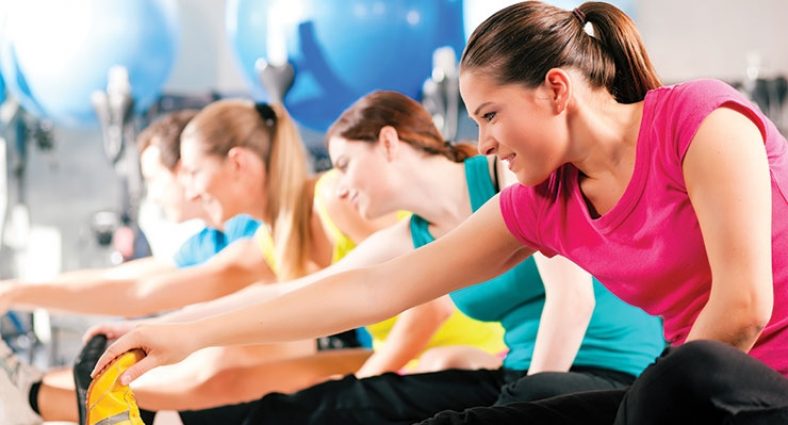While being physically active is considered good for your health, too much of a good thing can put you at risk of injuries and disease. One of the most vulnerable tissues to regular and high-impact exercising is joint tissue. Athletes are especially aware of the dangers of joint problems after years of participating in sports activities. That’s why you see so many nutritional supplements and joint-supporting products aimed at athletes. Joint health is extremely important to an athlete. If you want to know more about this, then keep reading.
About athlete joint health
Athletes working in sports like football, basketball, running, cycling, and even tennis are at a higher risk of sports injuries than athletes in sports that put less strain on the joints. The repetitive and high-impact movement during these sports activities means that athletes are at a higher risk of joint, muscle, and tendon injuries such as sprains, strains, fractures, and overuse. These movements can also lead to wear and tear of joint tissue, especially with poor alignment and congenital joint defects. That is why athletes need to take special care of their joints to keep them healthy.
Most common sports injuries
Injuries to the joints and surrounding tissue account for 80% of all sports injuries. Achilles tendinitis, groin strain, concussion, pulled a muscle, ankle sprains, and tennis or golf elbow are just some of the injuries we often see in even the agilest of athletes. The problem with these injuries is that they increase the risk of any of the types of arthritis once the athlete reaches a certain age as explained in an article published in The Journal of Orthopaedic and Sports Physical Therapy. A common result of repeated sports injuries is posttraumatic osteoarthritis, a condition characterized by permanent joint degeneration.
How joint problems occur?
Injuries to the joints and surrounding tissue, such as sprains, strains, pulled muscles, fractures, and others can impact the biomechanics of joint tissue. A well-functioning and non-injured joint is more likely to stay healthy during one’s lifetime than a joint whose function and structure had been altered through injury. Our joints benefit from regular movement, but too much movement and chronic overuse do not give the joints time to heal and recover. This damage slowly accumulates over the years and leads to degeneration of joint tissue.
Other causes of joint degeneration
Nutritional deficiencies could very likely play a role in joint problems in athletes. A study that was published in a 2002 issue of the journal Nutrition found that although Judo athletes had a nutrient intake that was higher than the recommended daily value, their calcium and iron intake was less than the 100% of the recommended daily allowance. This is rather concerning because both nutrients play a key role in joint health and structure. And considering that nutritional deficiencies are also associated with both rheumatoid arthritis and osteoarthritis, we see how nutrients are important for joint health.
What athletes can do?
To keep their joints in optimal health, athletes need to balance their training sessions with recovery periods. Recovery after a bout of exercise is important to give the joints time to regenerate. Furthermore, taking nutritional supplements containing chondroitin, glucosamine, calcium, magnesium, iron, B vitamins, and other nutrients will give the joints the material they need to recover. Cartilage tissue is comprised mostly of collagen, so intake of the collagen-boosting vitamin C also needs to be at optimal levels.
Pain relievers and anti-inflammatories
Anti-inflammatories can help athletes recover from sports injuries or over-exercising. A study published in Surgical Neurology International even found that natural anti-inflammatories such as turmeric, white willow bark, fish oil (rich in omega-3 fatty acids), green tea, and chili pepper work just as well as over-the-counter pain relievers but with no side effects. These ingredients are also wonderful sources of antioxidants and other anti-inflammatory and disease-fighting chemicals so athletes should consider these options when trying to prevent joint health problems.
Garments and topical treatments
Compression garments are scientifically proved to be a viable option for athletes who want to prevent sports injuries. These items prevent muscle strains, deep vein thrombosis, stiffness, soreness, and all this leads to safer performance. Topical pain relievers are another safe option that can improve workout recovery in athletes and reduce joint injuries. Products like Blue-Emu and similar are all great options for athletes looking for true and tried topical remedies.
Conclusion
Although everyone understands that health is important for one’s functioning and well-being, athletes may be even more aware of this. An athlete’s career largely depends on their physical fitness. For this reason, athletes strive to keep their overall health in prime condition throughout their careers. But the greatest focus in athletes is on joint health. Joint problems are known to shorten an athlete’s career, and for this reason, most tend to focus on keeping their joints working and healthy with a range of preventive measures and treatments.

